Making chilli oil at home
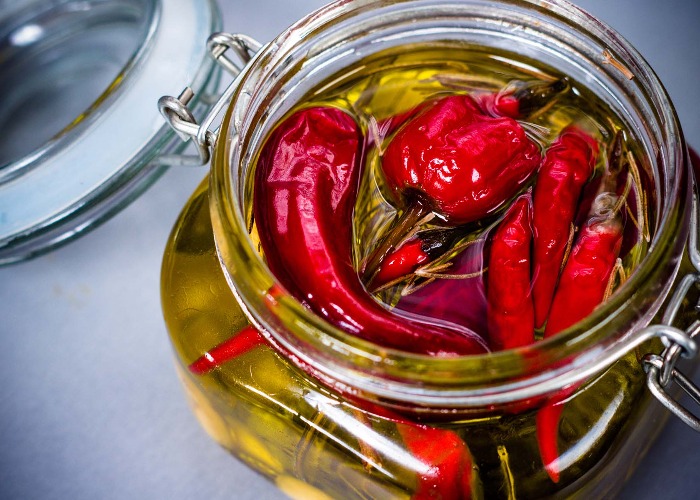
Niamh Shields talks us through how easy it is to make your own chilli oil and how versatile it is in the kitchen.
My first encounter with homemade chilli oil was when I was a youngster in Nice. I discovered this fiery condiment and used it to douse my pizza. I haven’t looked back since. I have a huge affection for chilli – not just the heat but the flavour too.
How do chilli oils differ around the world?
My first introduction was an Italian chilli oil, but I was soon to learn it is but one of many. Move outside of Italy and there is a world of chilli oils waiting to greet you, from Chinese chilli oil made with fermented black or soy beans to Thai chilli oil with lots of aromatic ingredients and umami flavours from intense shrimp paste.
The beauty of making your own at home is that you can make it as hot or as aromatic as you like, you can choose your favourite chillis, herbs (or none) and you can choose to use whichever oil you want (just make sure it has a high smoking point).
I love Calabrian dried chillies (pepperoncino) and also gentler Peruvian aji Amarillo (which are also terrific for ceviche). Sometimes though I just want something very hot to spice something up and I reach for Sichuan red chillies, which you can get in most Chinese food shops.
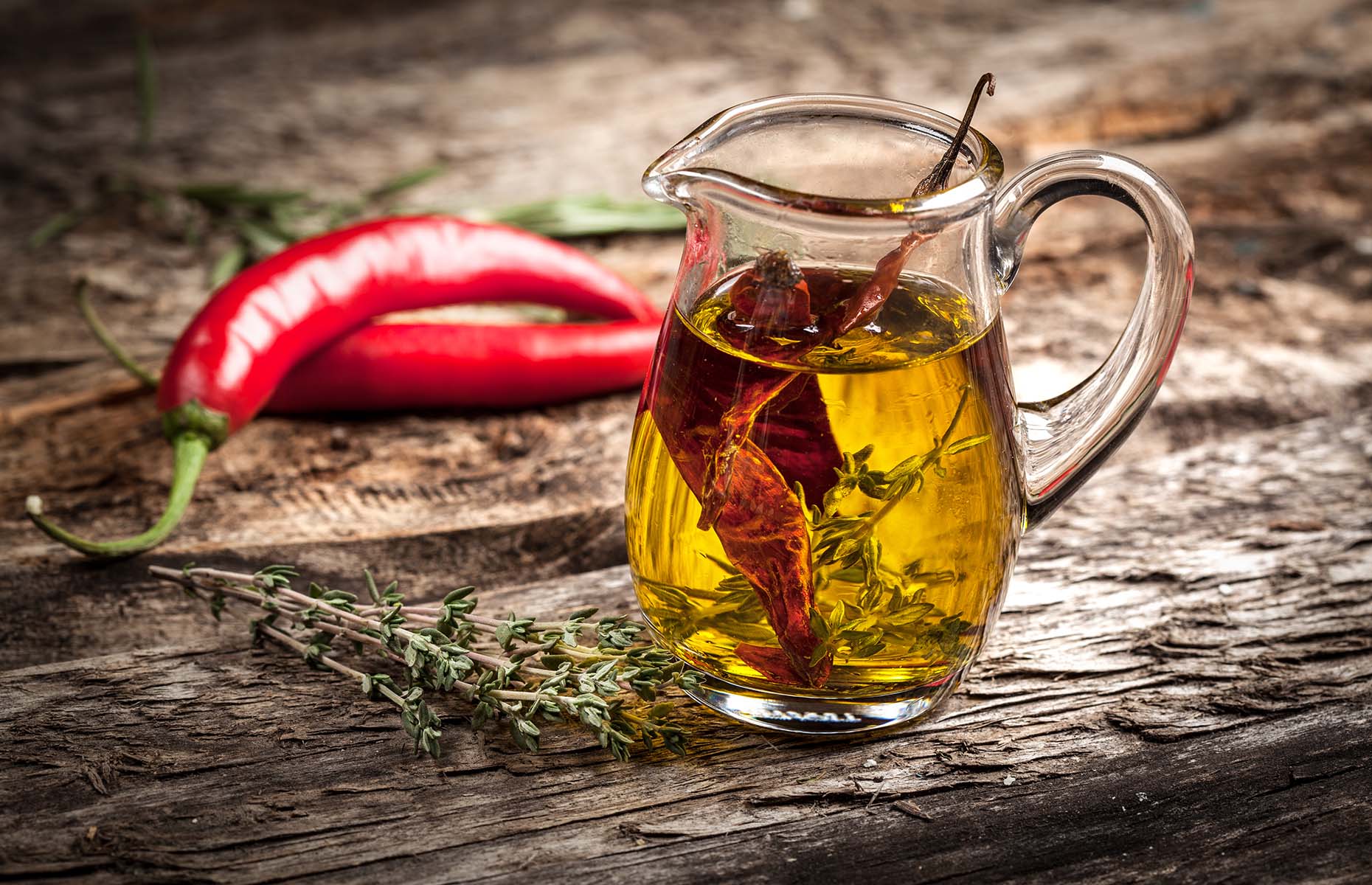 Tim UR/Shutterstock
Tim UR/Shutterstock
READ MORE: Homemade chilli oil recipe
How should you use it?
Chilli oil is great on pizza: it's a perfect flavour enhancer and makes it sing – try it on this easy pizza with a pepperoni topping. A drizzle brightens up pasta, like this classic spaghetti dish, and a little stirred into noodles or on a cheese toastie will lift you temporarily from the gloom of winter. Try it in this cheat's dan dan noodles recipe or lightly drizzled over these satay chicken udon noodles – the spice complements the peanuty flavours of the satay perfectly. Consequently, it's always worth spending a little bit of time to make your own, especially as it’s so easy.
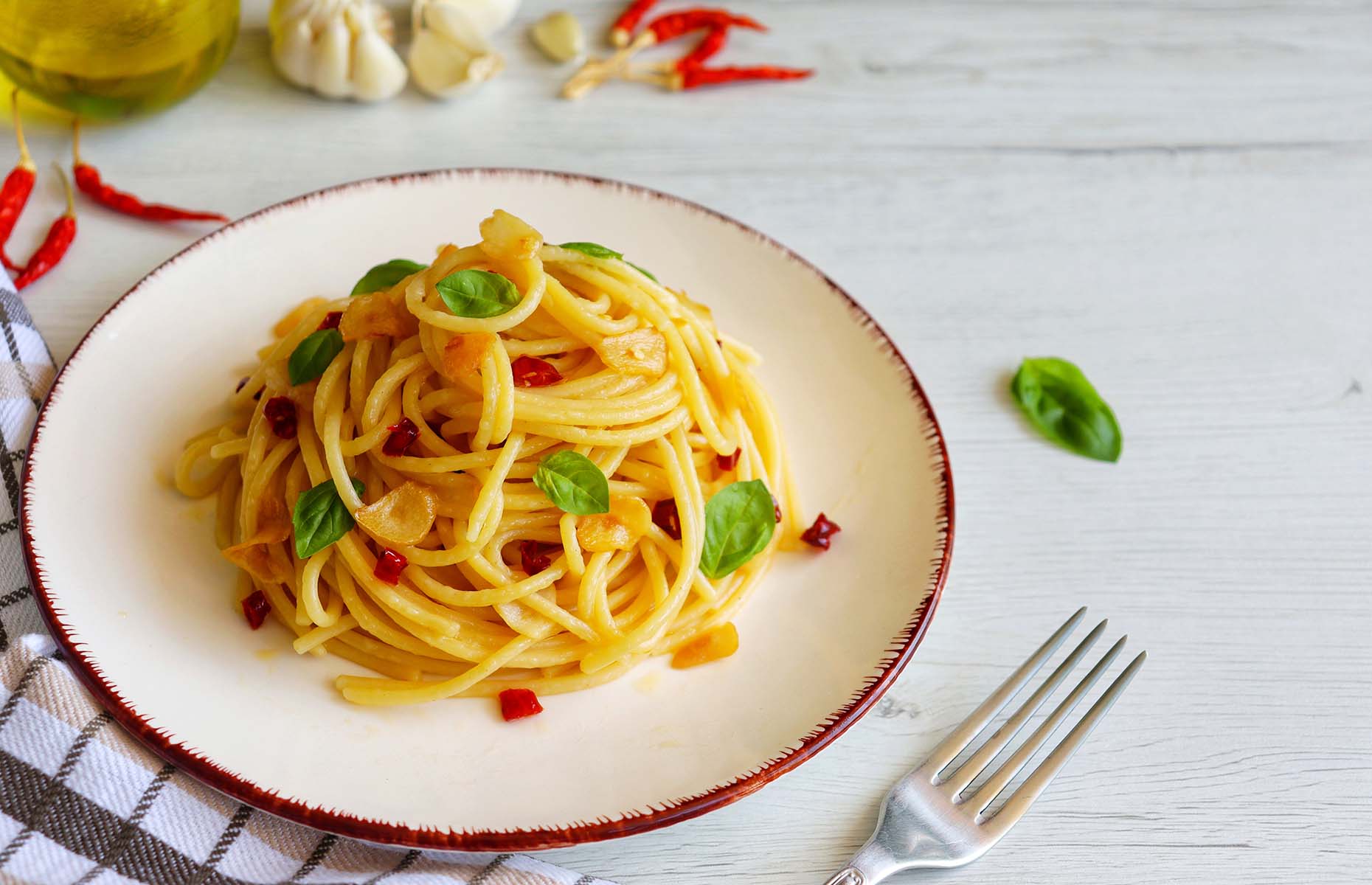 KANGIITALY/Shutterstock
KANGIITALY/Shutterstock
READ MORE: How to make garlic oil
How do you make your own?
There are a few things that you need to think about before you start. The first is botulism, an important consideration when making infused oils.
Botulism spores live on vegetables and reproduce quickly in oil due to the anaerobic conditions. So it's essential you sterilise your containers, use dry ingredients instead of fresh, store chilli oil in the fridge and consume it within a week.
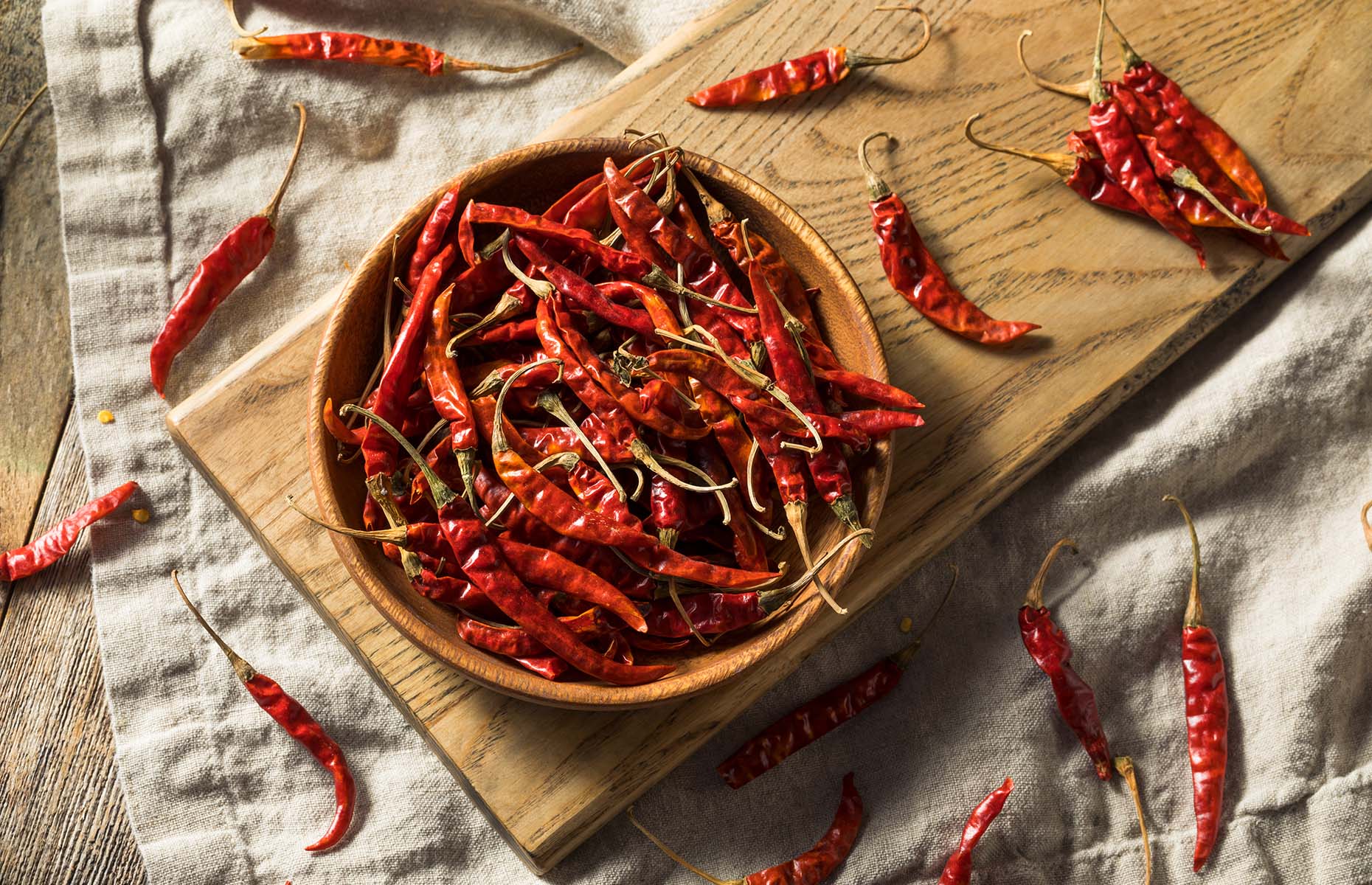 Brent Hofacker/Shutterstock
Brent Hofacker/Shutterstock
Heat the oil to 180°C (356°F), let it cool down a bit so that it is below boiling, then add your chillies and other flavourings. If you add them straight away they will fry and the flavour will be slightly burned.
Dried herbs, unless well-sourced usually taste of dust, so I dry my own by just leaving them on the windowsill for a few days. I also like to add peppercorns for their spice and aroma.
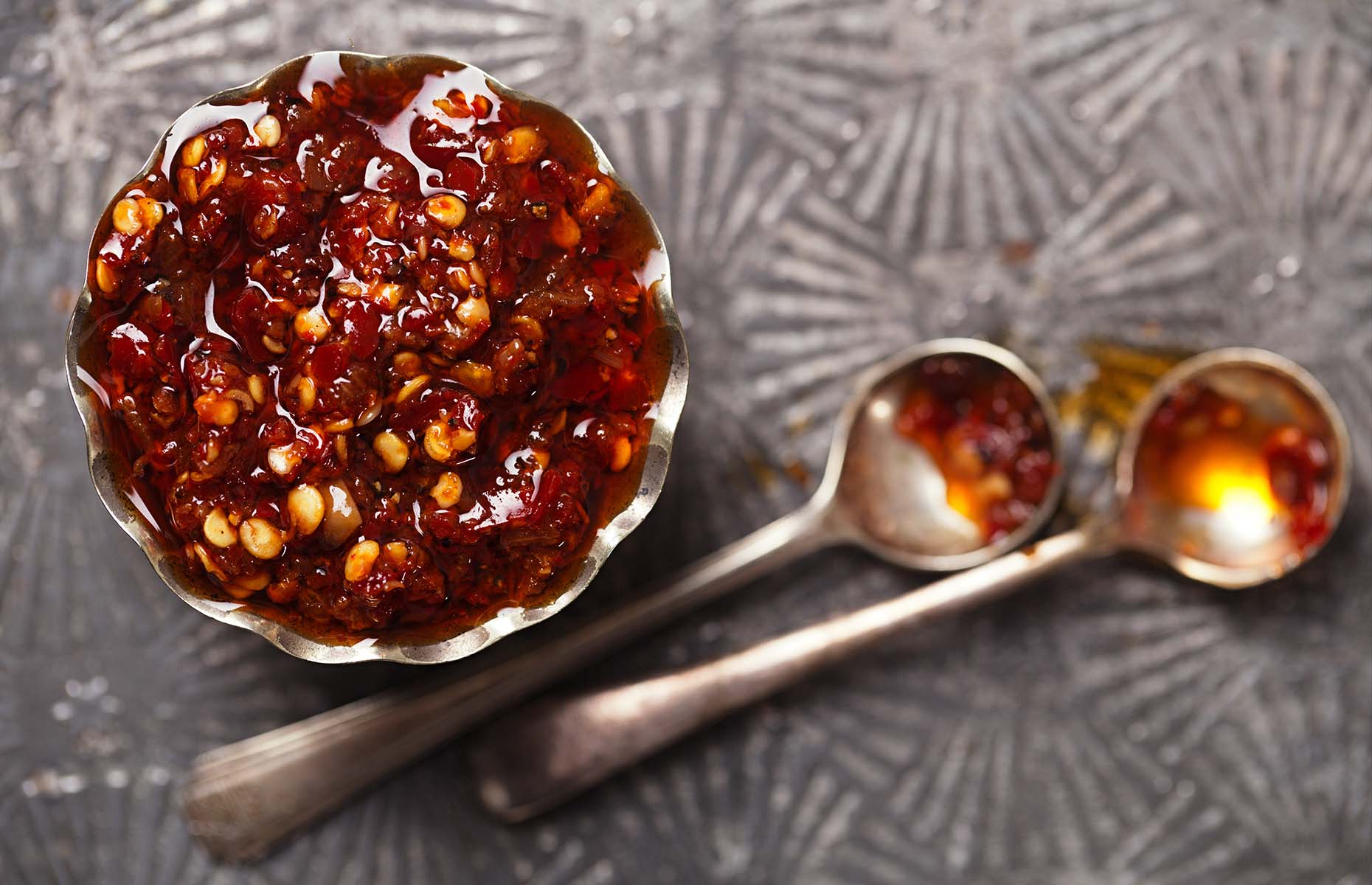 elena moiseeva/Shutterstock
elena moiseeva/Shutterstock
The process of making a Chinese-style chilli oil is slightly different. First, you need to pick your aromatics. Star anise, cinnamon stick, bay leaves and Sichuan peppercorns are an absolute must, but you can also add anything from cardamom pods and cloves to crushed garlic and shallots.
The aromatics are then slowly heated in a neautral oil until it's lightly bubbling before it's infused for around 30 minutes. When the oil is ready, it's poured over chilli flakes (Sichuan are usuaully the best) through a strainer.
At this stage you can add extra flavourings like soy sauce, sesame oil or seeds, or even Chinese black vinegar. Stir in a little salt at the end and let cool before storing in an airtight container in the fridge. It'll keep for up to six months.
READ MORE: Everything you need to know about cooking with harissa
Lead image: Jullius/Shutterstock
Comments
Be the first to comment
Do you want to comment on this article? You need to be signed in for this feature